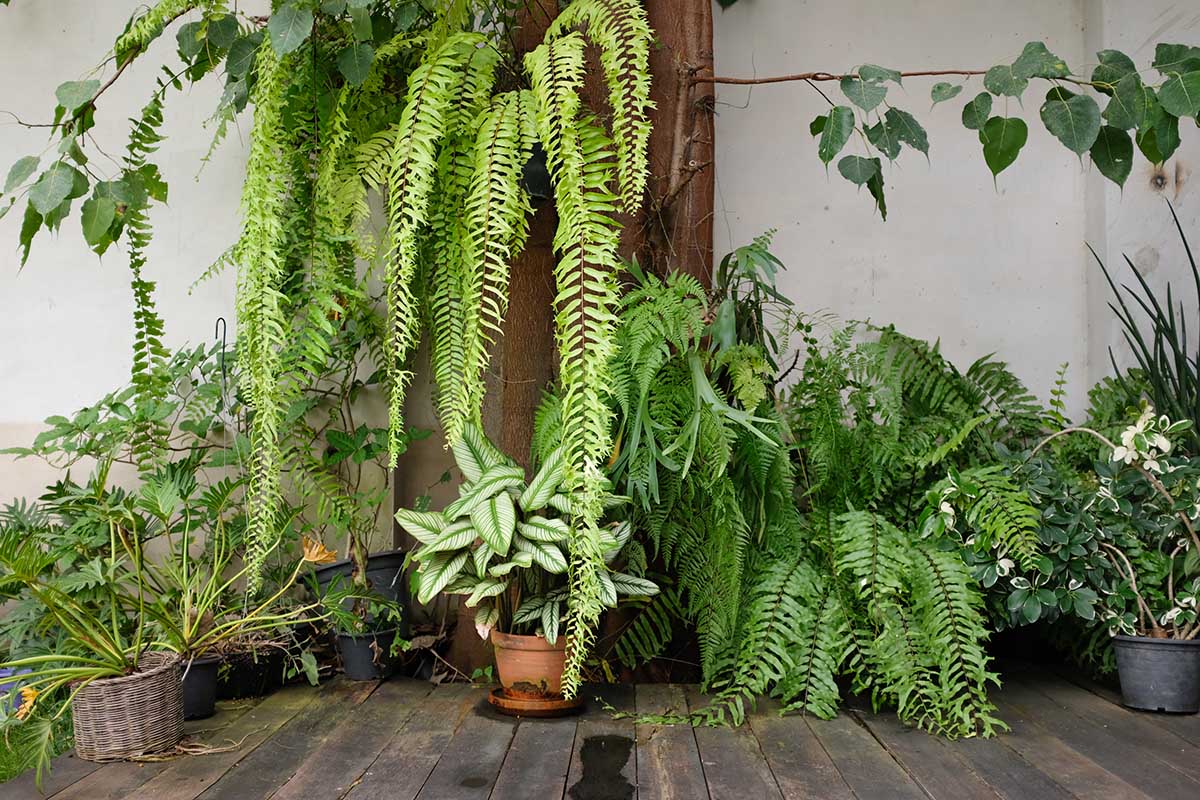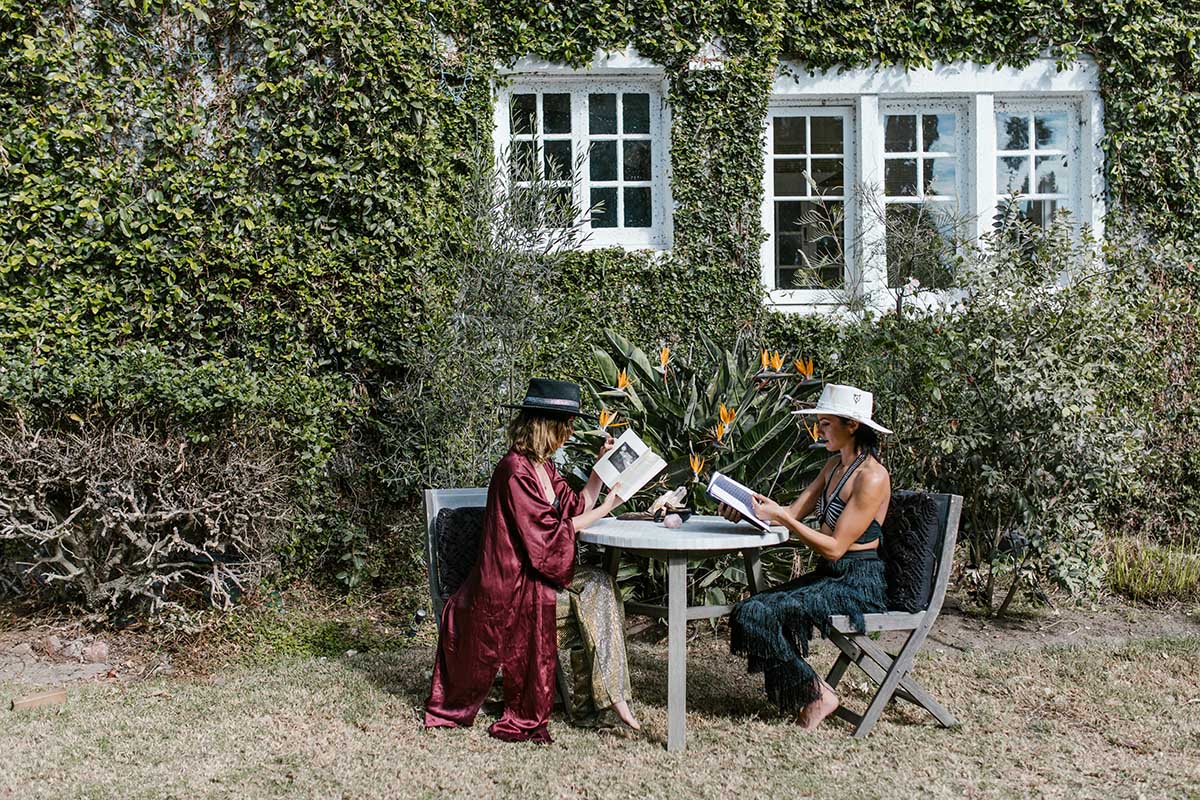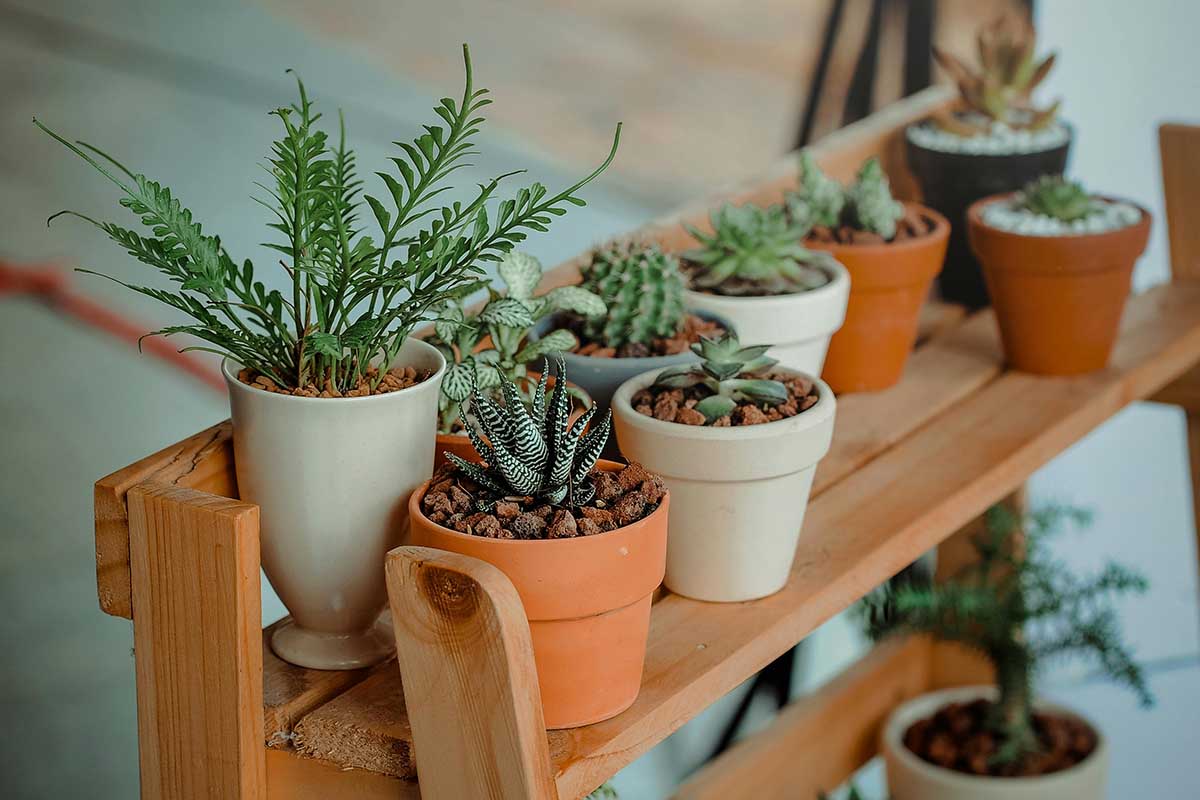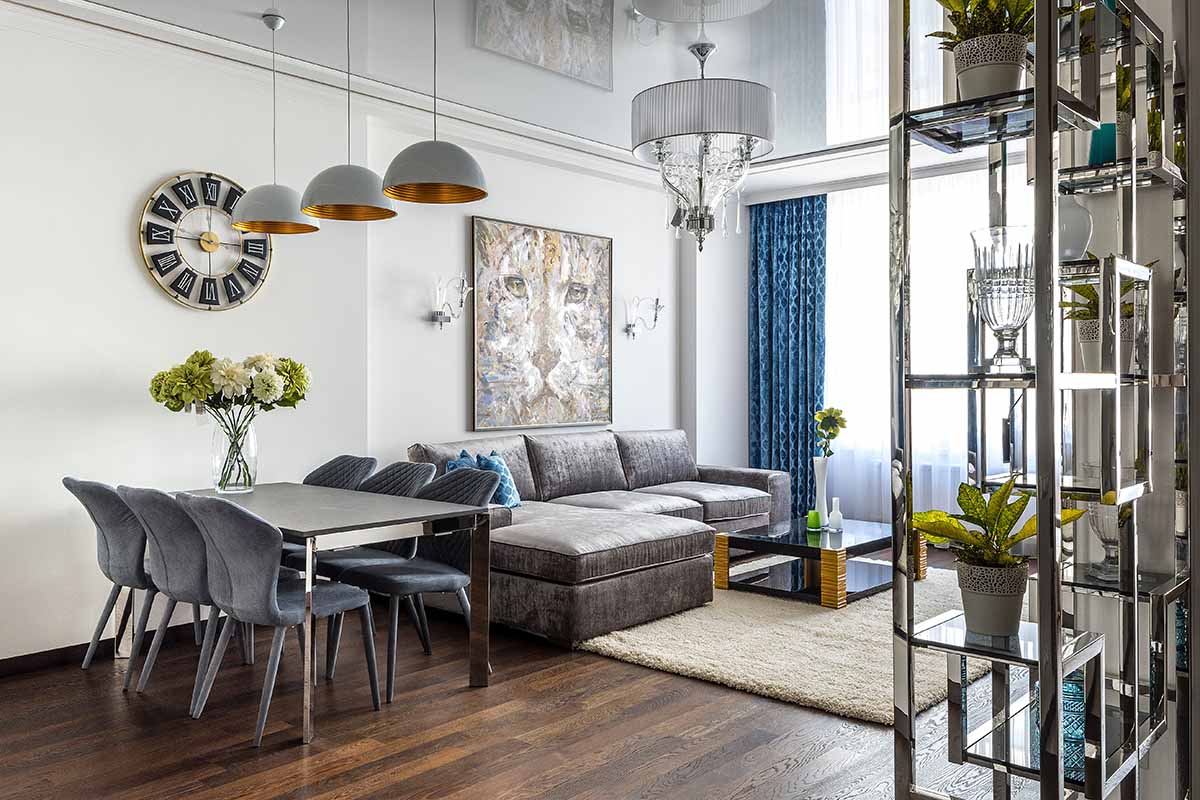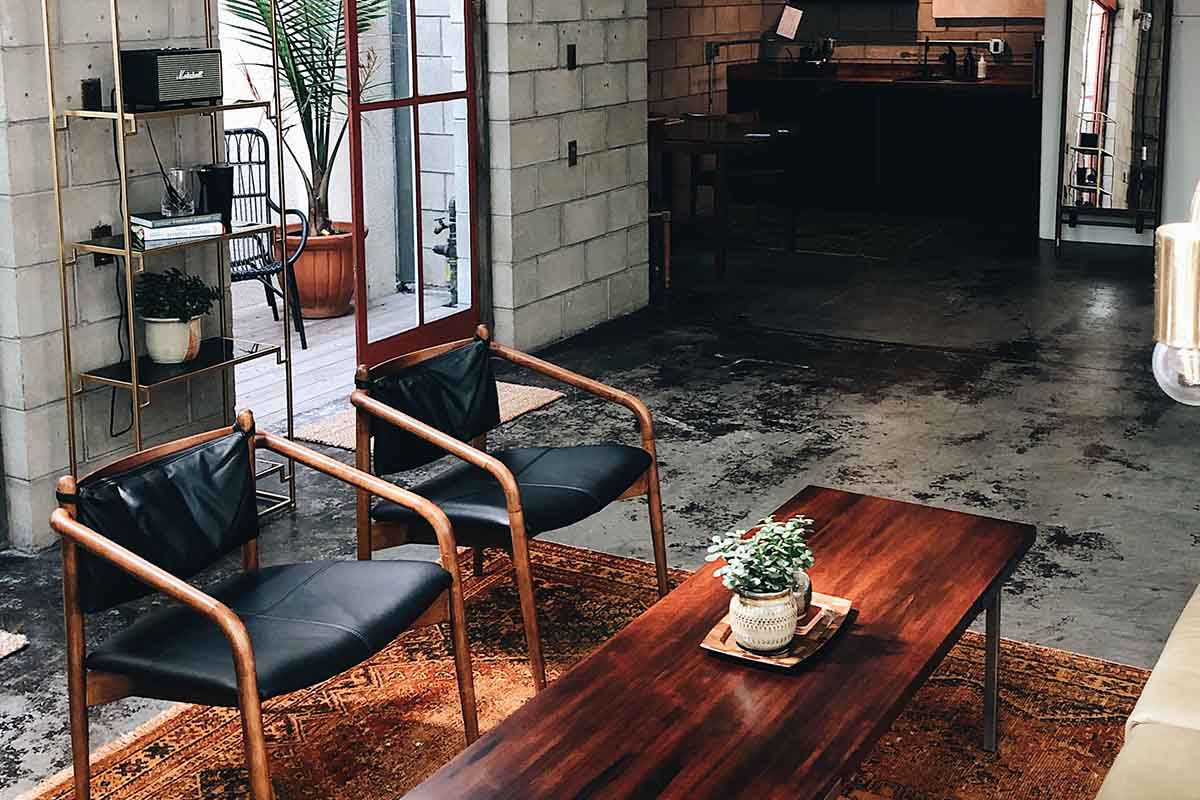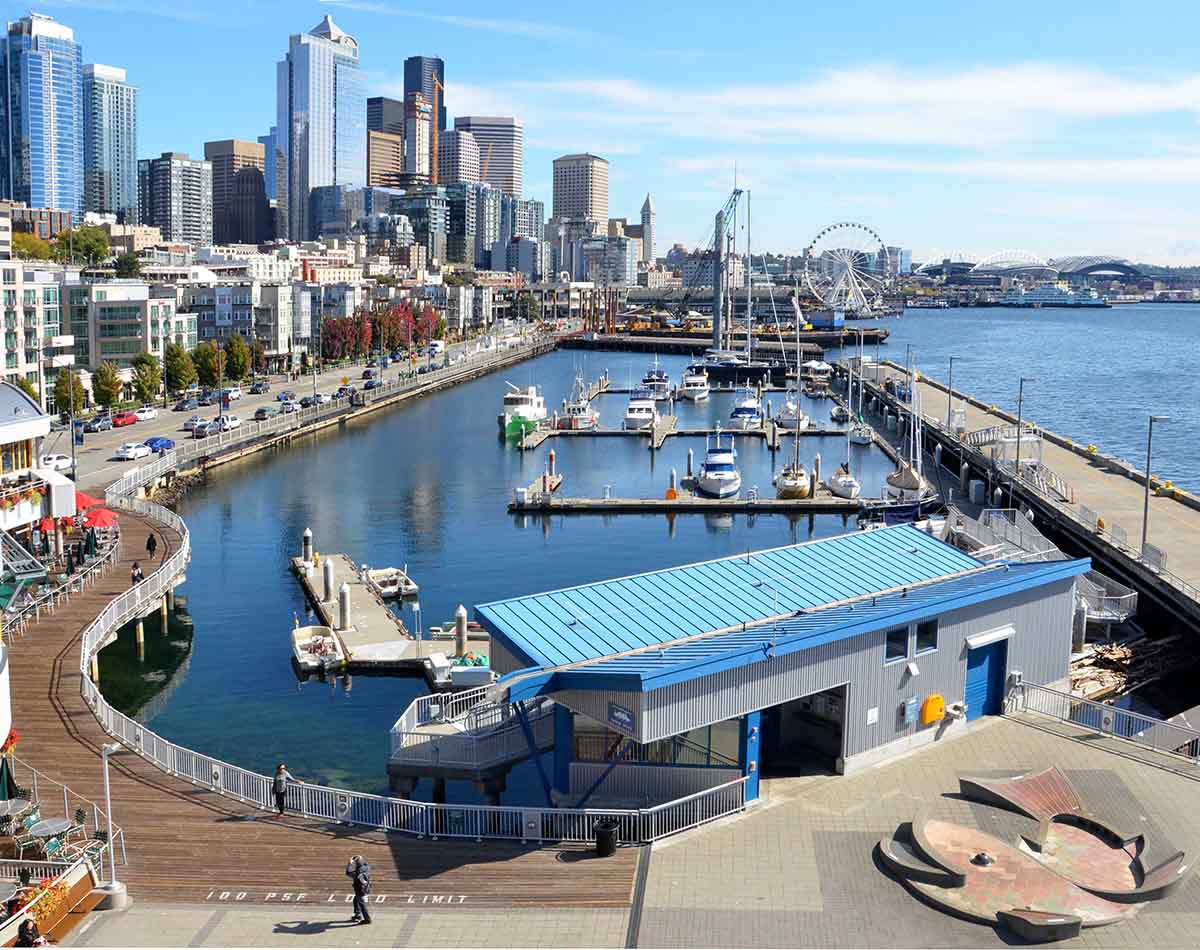Plants for Different Garden Sizes: Smart Choices for Every Space
Key Points
Match Plants to Space – Choosing plants suited to your garden size ensures long-term health and easier maintenance.
Think Beyond Ground Level – Using walls, fences, and vertical structures maximizes planting space in small gardens.
Assess Conditions First – Measuring space and evaluating light, soil, and climate helps select plants that thrive.
Creating a beautiful garden starts with understanding your space and selecting plants that will thrive within it.
Whether you’re working with a tiny balcony or sprawling acres, choosing the right plants for your garden size is crucial for long-term success.
The relationship between garden size and plant selection goes beyond simple aesthetics.
It affects maintenance requirements, growth patterns, and the overall health of your garden ecosystem.
This guide will help you make informed decisions about plants for different garden sizes based on your available space.
From compact courtyards to expansive landscapes, every garden has unique potential waiting to be unlocked.
Understanding Your Garden Space
Before purchasing any plants, take time to thoroughly assess your garden area.
Measure the actual square footage, but also consider the three-dimensional space available for plant growth.
Look beyond ground level and evaluate vertical opportunities.
Walls, fences, and overhead structures can support climbing plants and hanging gardens, making the most of space and expanding options for plants for different garden sizes.
Evaluating Growing Conditions
Sun exposure varies throughout your garden and changes with the seasons.
Document which areas receive full sun, partial shade, or deep shade to match plants with their preferred light conditions.
Soil quality and drainage patterns significantly impact plant health.
Conduct a simple soil test and observe where water pools after rain to identify potential problem areas.
Consider the mature size of plants, not just their nursery appearance.
That cute sapling might grow into a space-dominating giant within a few years, crowding out other plants and structures.
Small Gardens and Courtyards (Under 50 Square Meters)
Small spaces demand creative thinking and careful plant selection.
The key is choosing plants that offer maximum impact without overwhelming the limited area.
Compact and dwarf varieties have been specifically bred for small spaces.
These options are ideal plants for different garden sizes, as they maintain attractive proportions while staying manageable in size throughout their lifecycle.
Selecting Trees for Compact Spaces
When choosing trees for small gardens, focus on those with naturally compact growth habits.
Many gardeners in New Zealand have discovered that small specimen trees nz can provide year-round structure without dominating the space.
Japanese maples, dwarf fruit trees, and columnar varieties work exceptionally well.
These trees offer seasonal interest through flowers, foliage, or bark without excessive spread.
Consider multi-stem specimens or those with interesting bark patterns.
These features add visual interest even in winter when deciduous trees are bare.
Maximizing Space with Containers
Container gardening opens endless possibilities for small spaces.
Pots can be moved seasonally, grouped for impact, or elevated to create vertical interest.
Choose containers proportionate to your space and plants.
Large pots make bold statements but need adequate room, while smaller containers can be clustered for flexibility.
Ensure proper drainage in all containers.
Even moisture-loving plants suffer in waterlogged soil, leading to root rot and plant failure.
Creating Vertical Gardens
Walls and fences become valuable growing space with climbing plants.
Jasmine, clematis, and climbing roses add fragrance and color without using ground space.
Install trellises, wire systems, or mesh panels to support climbers.
These structures can also serve as privacy screens or hide unsightly features.
Tiered plant stands and wall-mounted planters maximize vertical space.
Herbs, trailing plants, and compact perennials thrive in these elevated positions.
Medium-Sized Gardens (50-200 Square Meters)
Medium gardens offer flexibility to create distinct areas while maintaining cohesion.
This size allows for variety without the overwhelming maintenance of larger spaces.
Start by dividing your garden into functional zones.
Perhaps an entertaining area near the house, a productive vegetable patch, and an ornamental border for year-round color.
Building Garden Structure
Use a mix of plants to create structure and interest.
Combine evergreen shrubs for year-round backbone with seasonal perennials and annuals for changing displays.
Include one or two statement plants as focal points.
These might be architectural plants like tree ferns or dramatic grasses that draw the eye and anchor design elements.
Layer plants by height, placing taller specimens at the back and shorter ones forward.
This creates depth and ensures all plants receive adequate light.
Plant Combinations That Work
Group plants with similar water and light requirements together.
This simplifies maintenance and ensures all plants in each area thrive.
Consider foliage texture and color alongside flowers.
Combining fine, feathery leaves with bold, broad foliage creates visual interest even without blooms.
Repeat key plants or colors throughout the garden for unity.
This design principle ties different areas together and creates a cohesive appearance.
Large Gardens (Over 200 Square Meters)
Large gardens provide opportunities for ambitious planting schemes and diverse collections.
However, they also require careful planning to avoid maintenance overwhelm.
Create distinct garden rooms with different themes or purposes.
A formal area near the house might transition to naturalistic planting further away.
Statement Plants and Specimens
Large spaces accommodate dramatic specimen plants that would overwhelm smaller gardens.
Consider exotic options like desert roses, which enthusiasts can source as bare root adenium thailand for unique additions to sunny spots.
Mass planting creates impressive displays in large gardens.
Drifts of the same plant species or cultivar make bold statements and simplify maintenance.
Use large trees strategically as shade providers and windbreaks.
Position them carefully to frame views and create intimate spaces within the larger landscape.
Managing Maintenance
Large gardens require realistic maintenance planning.
Choose plants suited to your available time and energy, favoring low-maintenance options if needed.
Consider installing irrigation systems for large planted areas.
This ensures consistent watering and reduces the time spent hand-watering.
Group plants by maintenance needs.
High-care plants near the house receive regular attention, while tough, independent plants fill distant borders.
Special Considerations for Plant Selection
Climate and hardiness zones determine which plants will thrive in your location.
Research your zone and choose plants accordingly to avoid disappointment.
Consider your local microclimate too.
Coastal gardens face salt spray and wind, while inland gardens might experience greater temperature extremes.
Sourcing Quality Plants
Finding reliable plant suppliers impacts garden success.
Many Australian gardeners have discovered the convenience of ordering from a nursery online in Australia, especially for hard-to-find varieties.
Compare prices and quality between local and online sources.
Online nurseries often offer wider selection, while local suppliers provide immediate availability and regional expertise.
When buying bare root plants, timing is crucial.
These plants must be planted during dormancy and require immediate attention upon arrival.
Budget Planning
Develop a realistic budget that includes plants, soil amendments, and ongoing maintenance costs.
Quality plants might cost more initially but often prove more economical long-term.
Consider starting with smaller plants that will grow into their spaces.
This approach saves money and allows you to shape plants as they develop.
Propagate from cuttings or divisions when possible.
Many plants multiply readily, providing free plants for expanding your garden or sharing with others.
Planning for Success
Create a planting plan before purchasing.
Sketch your garden layout and research plant requirements to avoid costly mistakes.
Account for seasonal changes in your design.
Spring bulbs might share space with summer perennials, maximizing display in limited areas.
Remember that gardens evolve over time.
What works initially might need adjustment as plants mature and your preferences change.
Conclusion
Selecting the right plants for different garden sizes ensures a beautiful, manageable space that brings joy rather than stress.
Understanding your space limitations and opportunities guides smart plant choices.
Start with a clear assessment of your garden’s size and conditions.
Then choose plants that fit both your space and lifestyle, creating a garden that thrives for years to come.
Whether you’re working with a tiny courtyard, expansive grounds, or even growing plants indoors, the perfect plants exist for your situation.
Take time to plan, source quality plants from reputable suppliers, and enjoy watching your garden flourish within its unique parameters.
